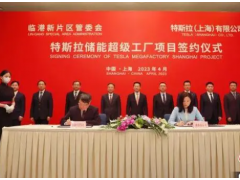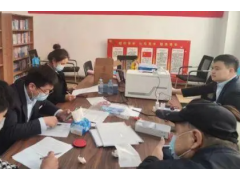According to a report on the website of Hong Kong's "Headline Daily" on September 18, the 14th China-ASEAN Financial Cooperation and Development Leaders Forum was held in Nanning, Guangxi on the 17th. The "Report on the Use of RMB in ASEAN Countries in 2022" released at the meeting showed that with the help of the deepening economic and trade cooperation of the "Regional Comprehensive Economic Partnership Agreement" (RCEP), the use of RMB in ASEAN bucked the trend and rose. In 2021, the China-ASEAN cross-border RMB settlement volume will be 4.8 trillion yuan, a year-on-year increase of 16%, and an increase of nearly 20 times in the past 10 years.
The report pointed out that China-ASEAN monetary authorities are in close contact, and multi-currency cooperation has been continuously upgraded. Financial institutions in ASEAN countries have been deeply involved in the RMB market, and their payment and settlement networks have been continuously improved. Singapore, Malaysia, Thailand and the Philippines have already established arrangements for RMB clearing banks. The regional transactions between RMB and ASEAN countries’ currencies in the interbank market were actively expanded, RMB products in the offshore market were enriched and upgraded, and a number of cross-border RMB business innovations were successfully implemented.
The report shows that by the end of 2021, China has signed bilateral local currency settlement agreements with Vietnam, Indonesia, and Cambodia respectively; it has signed currency swap agreements with Indonesia, Malaysia, Singapore, and Thailand. In 2021, 16 new ASEAN financial institutions will become indirect participants of the RMB Cross-border Payment System (CIPS). CIPS handles 3.3 trillion yuan of China-ASEAN cross-border RMB business throughout the year, a year-on-year increase of over 50%.
According to the report, Guangxi is adjacent to ASEAN by land and sea and has a unique geographical advantage. In recent years, Guangxi has been actively building a financial open door for ASEAN. The cross-border RMB settlement volume has long been ranked first among 9 border provinces and 12 western provinces in China. Among them, the settlement volume with ASEAN countries accounts for more than 60%. The first phalanx of RMB internationalization business.
The theme of the forum is "China-ASEAN Financial Cooperation under the RCEP framework". Zheng Wei, deputy director of the State Administration of Foreign Exchange of China, said that in the next step, the State Administration of Foreign Exchange will better coordinate development and security, and cooperate with the People's Bank of China to promote the opening of capital accounts and the two-way opening of the financial market. Under the framework of RCEP, it will focus on promoting the cross-border use and transaction of RMB in ASEAN, and deepen China-ASEAN monetary and financial cooperation.
According to a report by the Vietnam News Agency in Hanoi on September 19, the ASEAN Joint Statement issued on the 18th stated that the "Regional Comprehensive Economic Partnership Agreement" will help promote the recovery of the region's economy after the epidemic.
The statement came after the RCEP ministerial meeting was held in the northwestern Cambodian province of Siem Reap.
The meeting welcomed the formal entry into force of RCEP from January 1, 2022. The statement said that all parties involved in the meeting agreed that RCEP can play a role in promoting the economic recovery of the region after the epidemic and help build a more resilient supply chain. The meeting particularly emphasized the need to make better use of RCEP to deepen regional economic integration.
RCEP includes 10 ASEAN countries and 5 non-ASEAN countries including China, Japan, South Korea, Australia and New Zealand, with a total population of 2.27 billion, a total GDP of 26 trillion US dollars, and a total export value of 5.2 trillion US dollars, accounting for about 30% of the global total.




